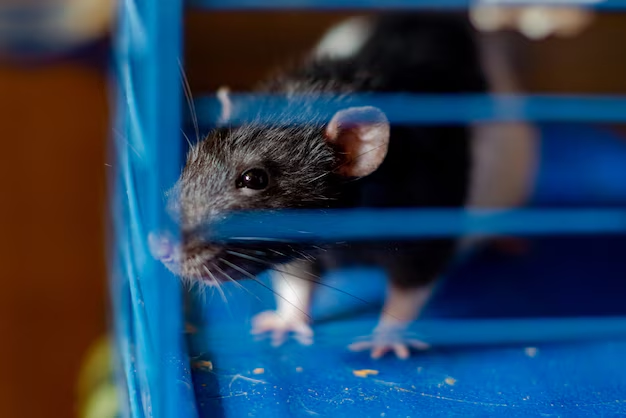Preventing Pesky Rodent Infestations in Your Apartment Building: Essential Tips
Living in an apartment building can offer many conveniences, but sharing your living space with rodents is not one of them. Whether you're a tenant or a property manager, understanding how to prevent rodent infestations is crucial for maintaining a healthy and comfortable living environment. Rodents not only cause structural damage, but they also carry diseases. So how do you keep these unwelcome guests out of your apartment building? Read on for some practical, effective strategies.
Seal Entry Points
Rodents are adept at squeezing through incredibly small openings. Regularly inspect your apartment or building for possible entry points, such as cracks in walls, gaps around doors and windows, and openings around utility lines. Use materials like steel wool, caulk, or weather-stripping to seal these entry points effectively.
Maintain Cleanliness
Keeping common areas and individual apartments clean and tidy is one of the critical strategies in deterring rodents. Ensure that trash is securely stored with lids, and remove any food waste promptly. Encourage tenants to store food in sealed containers and to regularly clean kitchen surfaces.
Proper Waste Management
Implement an efficient waste management system in your building. Ensure that bins are emptied frequently and that trash is kept in rodent-proof containers. A well-organized waste disposal area that is regularly monitored and cleaned can significantly reduce the risk of infestation.
Regular Inspection and Maintenance
Conduct routine inspections for signs of rodent activity. Look for droppings, chewed wires, and gnawed-on materials. Early detection can save you from extensive damage and health hazards. Consider hiring a professional pest control service to regularly inspect and treat the building if necessary.
Landscaping and Exterior Care
If your building has surrounding greenery, ensure that it’s well-maintained. Trim shrubbery and trees away from the buildings, as these can act as ladders for rodents. Keep the perimeter free of debris and clutter that can harbor rodents.
Collaborative Efforts
Successfully preventing a rodent infestation requires a cooperative effort. Educate tenants about the importance of reporting sightings and maintaining personal and shared spaces. Consider organizing community meetings to discuss best practices and current issues regarding pest control.
Understanding Financial Assistance for Rodent Control
No matter how diligent you are with preventive measures, sometimes infestations happen, requiring immediate action that can strain budgets. If you're worried about the cost of pest control, don't despair––there are resources that may offer assistance. Here are a few options:
- 🏢 Government Aid Programs: Some local and state governments provide grants or subsidies for building maintenance and pest control.
- 📄 Insurance Coverage: Check if your insurance policy covers pest control or related damages. Understanding your policy can save costs in unexpected situations.
- 💵 Financial Assistance Programs: Look into local financial aid programs that support community living maintenance. These programs can offer some relief when pest issues become financially burdensome.
- 🏡 Property Management Workshops: Attend workshops or training sessions that educate on pest control and management. Some may offer grants or tools to assist you financially.
- 📚 Educational Grants: Explore educational grants designed for property managers that could include pest management training and financial support for maintenance upgrades.
